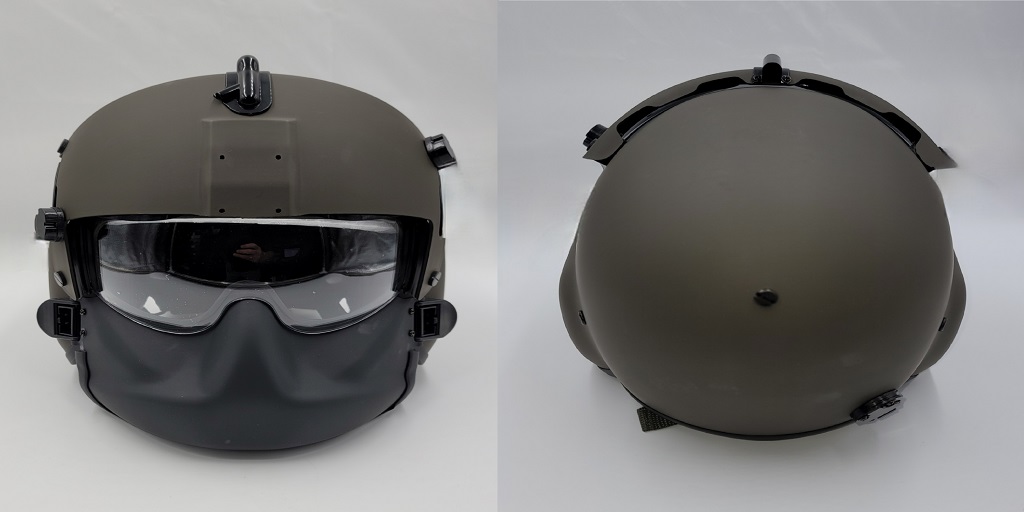The classic image of the Stahlhelm, with its rolled visor and broad, sweeping back that covered the base of the skull and nape of the neck, is actually rooted in the history of WWI.
It was in 1916 that the first Stahlhelm design was developed and introduced along the Western Front, where it was well received for its superior protection from artillery and small arms fire that was wreaking pure havoc.
Yet the Stahlhelm is best known from World War II. It was also produced in more than one variation – so if you’re looking at a collection of WW2 German helmets for sale (either authentic or reproduction) here’s what you need to know.
M35 Stahlhelm
The M35 Stahlhelm was an iteration of the M16, which was reimagined to make it smaller and denser in order to afford superior protection against small arms fire, heavier fragments, and more dangerous percussive blows to the head.
It was one of the best variants of the Stahlhelm produced and was made from a high-strength, molybdenum-bearing carbon alloy steel. The steel pot of the helmet was between 1 and 1.5mm thick.
The M35 featured two ventilation holes that were made of separate details and formed to the steel pot, along with a beaded edge.
M40 Stahlhelm
Sadly, the M40 Stahlhelm represented a step down in quality from the M35. To cut production costs, manganese was substituted in the steel alloy, replacing the moly, and ventilation holes were stamped in the steel pot.
M40 steel helmets also featured zinc-coated steel rivets (which were stronger) in place of zinc-coated brass rivets.
The M40 had two ventilation holes stamped into the steel pot but retained the beaded edge of the M35.
M42 Stahlhelm
Again, the M42 represented a downgrade in steel quality from the M40. The M42 Stahlhelm was made from softer, less durable steel than its predecessors as steel was needed elsewhere to support the war effort.
In addition, the helmet edges of the M42 were flanged (as opposed to beaded, as they had been in the M35 and M40).
The M42 also featured a steel pot with ventilation holes stamped into it.
M36 Paratrooper Helmet
Another interesting WWII German helmet was the M36 Paratrooper helmet, which is rarer and less recognizable than the classic Stahlhelm.
Basically, the steel pot of the M36 Paratrooper helmet was very like the M35 Stahlhelm except it lacked a peak and did not have a back skirt, which made it look rounder and more symmetrical.
The M36 Paratrooper helmet also features a quick detach chin strap which some soldiers found useful in the field.
Where Can You Find WW2 German Helmets for Sale?
If you’re looking for WW2 German helmets for sale (or other authentic and reproduction WW2-era helmets) visit SARCO, Inc. online at SarcoInc.com.
They carry a huge range of military collectibles, including WW2 militaria, as well as parts and accessories for historically significant arms. Check out their website via the link above or visit them in-store at 50 Hilton Street in Easton, Pennsylvania for the full experience.



